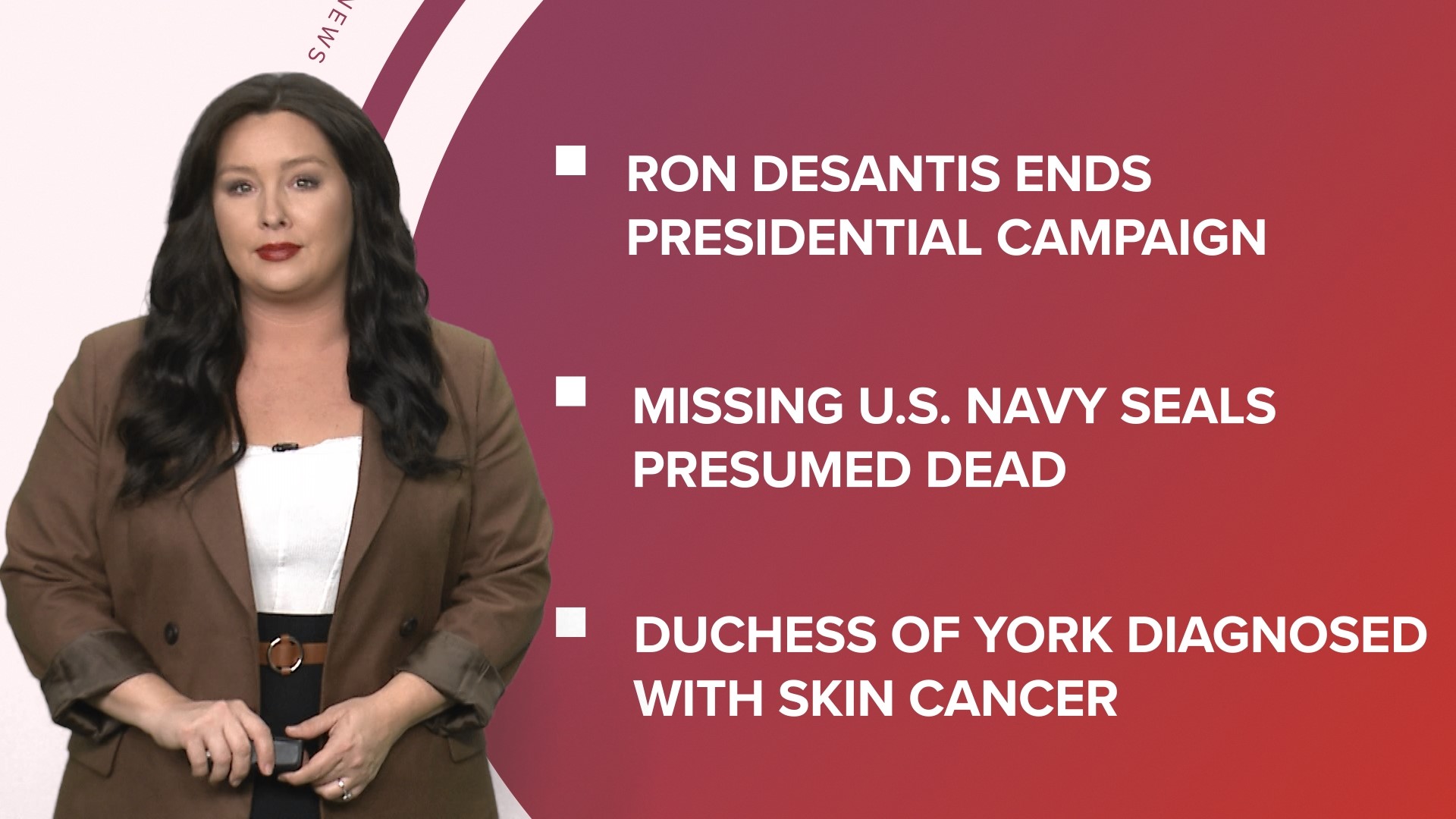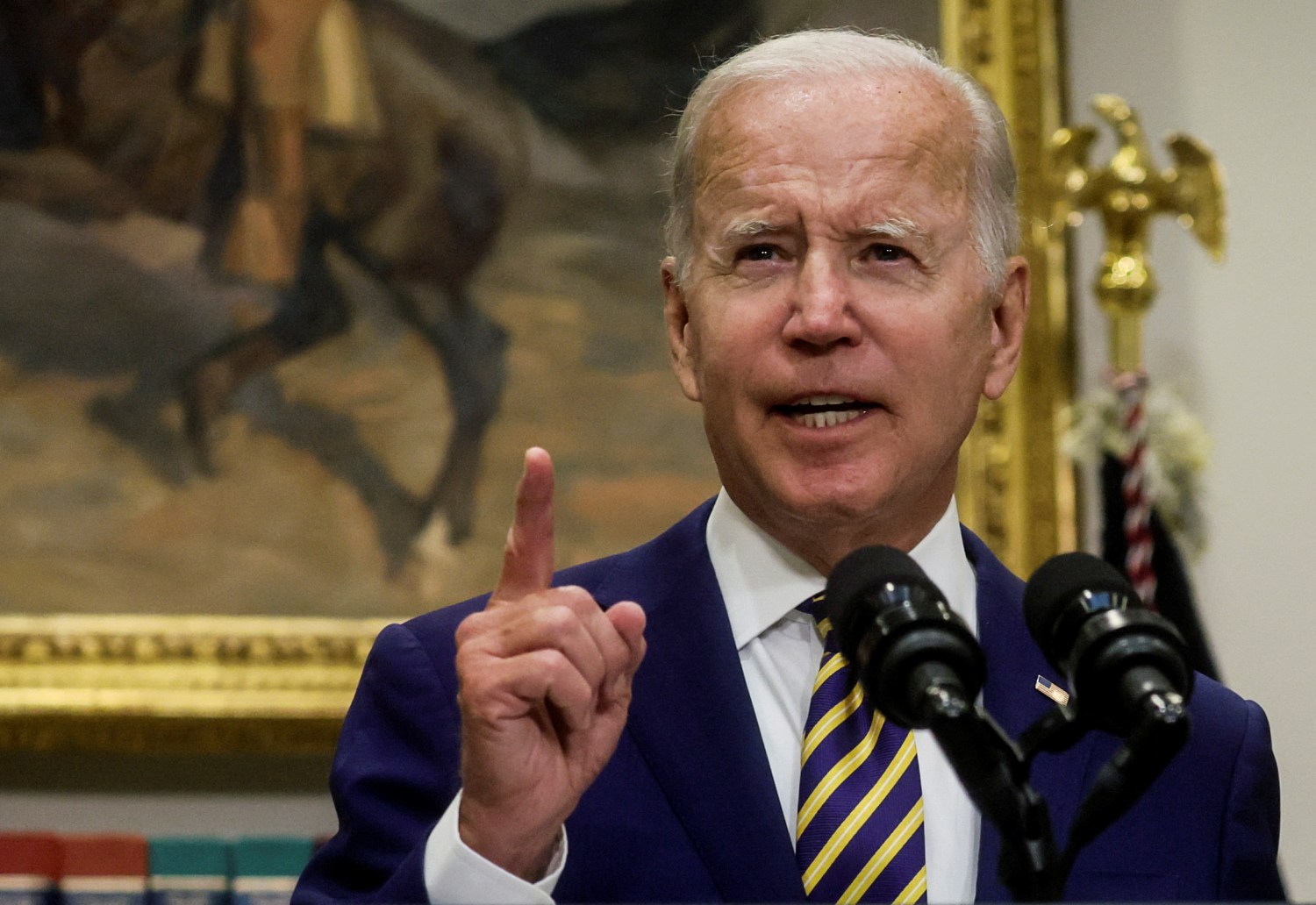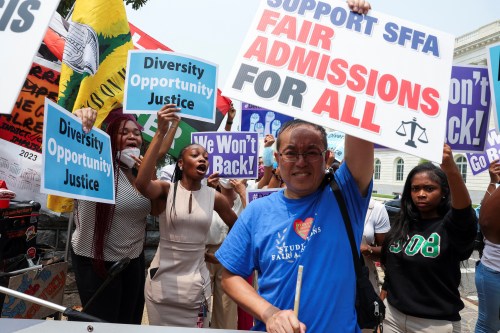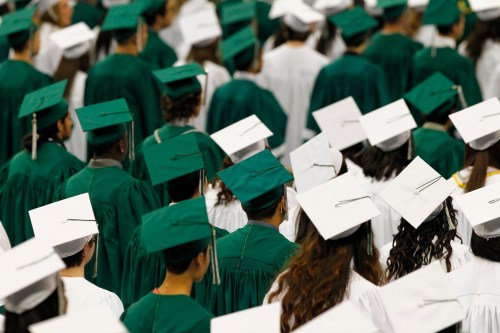Depending on who you ask, either way student loan borrowers have had a good or bad year.
While many borrowers received emails this year that changed their lives and said their loans were forgiven, many others received bills in October that stated they would actually be required to make payments.
Still, there has been a lot of news this year about student loans to follow up on. Here is a brief summary of the most notable student debt stories from 2024, along with updates to be aware of.

Forgiving student loans: The Biden administration’s next steps
- The Department of Education completed its negotiation of rules regarding student loan debt relief, and committee members agreed on specific initiatives for forgiveness.
- Committee members pushed the administration to submit rules for their consideration that took a more daring and comprehensive approach to widespread debt forgiveness.
- These plans, which could take effect as early as July 2025, are expected to be challenged in court and by Congress.


The committee for 2023 negotiated rulemaking student loan debt relief wrapped up its meetings this past week, discussing potential initiatives the Department of Education (ED) could suggest to eliminate student loan debt. In the Biden administration’s most recent attempt to implement widespread student loan forgiveness, the “neg-reg” committee is a necessary step. The committee reviewed various borrower and loan criteria as proposed rules modifying the Higher Education Act (HEA) As a rule, ED is now required to suggest all topics that were agreed upon, and it is free to suggest other rules. What are the known proposals that the committee deliberated over and decided upon, as well as the possible outcomes of implementing forgiveness?
For the final neg-reg session, ED proposed rules focused on student loan debt forgiveness for five general types of borrowers:
- borrowers whose amounts now exceed what they did at the beginning of repayment
- Borrowers who have been in repayment for an extended period
- borrowers who are not on a forgiveness plan but may be eligible for forgiveness
- Borrowers who attended “low-quality” programs
- Borrowers in the Federal Family Education Loan (FFEL) program
The committee found consensus on some of these proposals, which ED will propose using the exact language approved by the committee. Other ideas may still be proposed but reworked from the version the committee reviewed based on their feedback. In particular, the committee pushed ED to develop and propose rules that targeted individuals experiencing “hardship.”
Where the neg-reg committee agreed
The first substantive consensus reached by the committee was for a rule letting the Secretary forgive loans if individuals are eligible for forgiveness through an income-driven repayment (IDR) plan, but the borrower is not enrolled in that plan. In this proposal, the committee recognized that existing student loan forgiveness plans are complex and difficult to navigate and that borrowers typically just enroll in the default Standard repayment plan offered when they exit their programs. About 40% of college students don’t even know IDR is an option and one study found half of borrowers who defaulted in the 2011 college cohort would have been eligible for a $0 monthly IDR payment if they had applied. Exactly how the Secretary could determine who is eligible is an open question, but these proposals were the least contentious ones proposed and reached consensus easily.
Two rules reached consensus that broadly determine relief based on the quality of program the student borrowed for. Both would waive the full outstanding balance for eligible borrowers. One consensus rule would issue debt relief if a borrower holds loans for an institution or program that has had its Title IV aid eligibility terminated because it failed to meet accountability standards or because it failed to deliver sufficient value including when the institution willfully misled students. Another would provide relief for loans borrowed for a program that closed after failing the new “gainful employment” metrics.
ED has already leveraged its authority to waive around $22.5 billion in debt for students whose schools closed or who were misled by their schools, though more expansive borrower defense and closed school regulations the Department implemented are currently being challenged in federal courts.
Forgiveness approaches still up for debate
The broadest plan the Department put forward, which did not receive consensus, would involve a one-time waiver of the interest outstanding on loans. Eligibility would be limited to individuals whose current balances exceed their original balance (e.g., in “negative amortization”). The possible amounts of forgiveness would be limited to how much more borrowers owe relative to when they exited their “grace period” (about six months following exiting their program with slightly different rules for older loans) and capped at a set amount depending on individual income and repayment characteristics ($10,000 or $20,000).
The committee objected to these drafts, arguing that they did not go far enough and that the suggested caps should be replaced with a more generous forgiveness policy. It is quite possible that the Department will continue to emphasize forgiving interest in any further regulations it proposes, though the precise standards and restrictions might differ from those provided to the neg-reg committee. The disbursement cut-off date for this policy is also unclear; it could be any loans disbursed before July 2025, which is the earliest date the proposed rules could take effect, or it could be a date earlier.
First, most students exit their grace period already owing more than their original balances (though recent graduates who benefited from the pandemic-era pause on interest collection were less likely to graduate in a state of negative amortization), as loans continue to accrue interest during grace periods and, for unsubsidized and PLUS loans, while a student is enrolled in school. I’ve plotted ED’s estimates of the number of borrowers who, within 12 years of beginning their undergraduate program, have a principal balance higher than the amount they initially borrowed in Figure 1 below. This point-in-time snapshot reveals that 22.7 percent of borrowers owed more than the total amount they had borrowed, with rates significantly higher for Black borrowers (which is consistent with previous analyses), students who received a Pell grant while attending school, and students who either did not complete their degree or completed a subbaccalaureate degree within six years of enrolling in college
Importantly, these proposals will not completely waive any borrower’s outstanding debt, since the proposal is limited to the interest accrued on a loan. In contrast, the Biden administration’s initial proposed effort to forgive student loans in August 2022 would have completely eliminated loan balances for at least 29% of borrowers. Thus, the current proposal is much more limited in scope in comparison.
Therefore, more recent borrowers (who are less likely to have made a dent on their principal yet) may disproportionately benefit from the current proposals. A sizable portion of graduate school debtors would be qualified because, although they usually postpone repayment of their undergraduate loans while enrolled in graduate school, they continue to accrue interest during that period. Since their lower monthly payments might not be enough to cover monthly interest, people enrolled in income-driven repayment (IDR) plans are also more likely to be in negative amortization (especially for borrowers with a $0 monthly payment) Under the new SAVE plan, which does not add interest to balances when the structured monthly payment does not cover monthly interest, this IDR feature is being proactively adjusted. Further reforms that eliminate capitalization and interest accrual while students are enrolled in classes might help future borrowers experience fewer instances of negative amortization.
Borrowers who have been in repayment for an extended period
Additionally, the Department suggested that people with older debt be granted a one-time forgiveness. Theoretically, those who followed the Standard Repayment Plan would have paid off their debt in ten years. ED offers income-driven and public service loan forgiveness programs that automatically cancel debt after a predetermined number of (usually lower) monthly payments for those who find it difficult to make the higher Standard monthly repayment. However, a large number of borrowers who have held their debt for 20 to 25 years or more and are not enrolled in those programs still exist. Under this proposal, any outstanding balances on loans disbursed before 2000 (for the borrower’s own undergraduate education) or 2005 (for other direct loans, such as graduate and parent PLUS loans) would automatically be forgiven. The committee agreed that waiving older loans made sense, but instead of only waiving these older debts once, they wanted the department to create regulations allowing for continuous forgiveness once loans reached an extended repayment period. The Department claimed that since the new SAVE plan will forgive loans earlier than current forgiveness programs, ongoing time-based relief was unnecessary, but committee members doubted the program would be widely adopted.
Borrowers in the Federal Family Education Loan (FFEL) program
Finally, the committee reviewed forgiveness policies for the Federal Family Education Loan (FFEL) program. This program, which ended in 2010, involved private loans that were guaranteed by the federal government (despite the name, these aren’t targeted at “families” per se, and the FFEL portfolio includes both individual subsidized and unsubsidized loans as well as PLUS loans). Since the government does not outright own the loans, the unique structure of these loans necessitates specialized regulatory action. For example, these loans are not eligible for income-driven repayment plans unless borrowers consolidate into a direct loan – which typically results in interest capitalization that causes higher subsequent interest charges. The loans were also not eligible for the pandemic-era payment pause, and would have been excluded from the Biden administration’s earlier attempt at widespread forgiveness.
The committee came to a partial consensus in this case. The FFEL servicer representative refrained from supporting additional edits to clarify the forgiveness process in the framing language of the loan forgiveness. However, the committee did agree that the borrower would be eligible for a closed school discharge even though they had not applied, and that the loan forgiveness would occur if the borrower’s institution had a failing default rate (and they were in the cohorts with a failing default rate). The committee’s concerns about an eligibility cliff and one-time relief prevented them from coming to a consensus on forgiveness of older FFEL loans.
Finally, a change in administration can stall the implementation of rules (and a Republican president would certainly sign a CRA that reached their desk), and a new administration could formally rescind rules through their own rulemaking process, such as when the Trump administration rescinded the Obama administration’s initial gainful employment rules.
Assuming ED submits the final rules before November 1, 2024, the earliest people could receive student loan debt relief under the rulemaking calendar would be July 2025. The rules that the neg-reg committee reached an agreement on this week, however, are far from guaranteed to take effect due to legal challenges, Congressional review, and possible executive action.






FAQ
Will student loans be forgiven 2023?
A lot of people with federal student loans went into 2023 expecting that President Joe Biden’s pledge to waive student loan debt would be fulfilled. That optimism was shattered on June 30 when Biden’s proposal to forgive up to $20,000 for each borrower making less than $125,000 annually was blocked by the Supreme Court in a 6-3 vote.
How will I know if my student loan will be forgiven?
How can I find out if my student loans are forgiven? You will receive a notification letter from the loan servicer or Department of Education if you are eligible for loan forgiveness under PSLF, Teacher Loan Forgiveness, or IDR discharge. Your account settings will determine whether you receive the letter by mail or electronically.
What is the new forgiveness plan?
Forgiveness is available to SAVE borrowers who have been enrolled for at least ten years, have made monthly payments, and initially borrowed no more than $12,000 for undergraduate or graduate postsecondary education. After making additional payments for a year, a borrower may be eligible for forgiveness for each $1,000 borrowed over $12,000.
What is the new student debt relief proposal?
The Department revised the proposed language to give borrowers with only undergraduate loans a one-time break 20 years after they start repaying their debt. On loans that began repayment 25 years ago, all other borrowers would be eligible for forgiveness, following the same timeline that the Department had suggested at the second session.
Read More :
https://www.americanprogress.org/article/the-future-of-student-debt-relief-what-to-expect-next/
https://www.ed.gov/news/press-releases/biden-harris-administration-announces-additional-49-billion-approved-student-debt-relief
